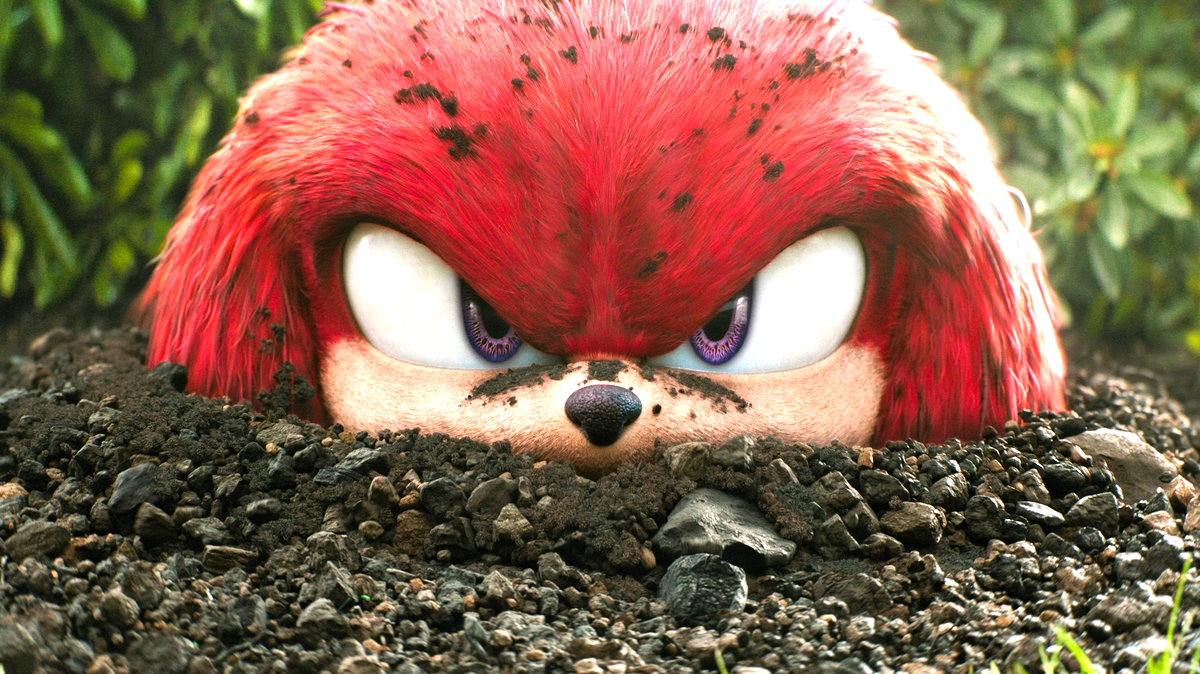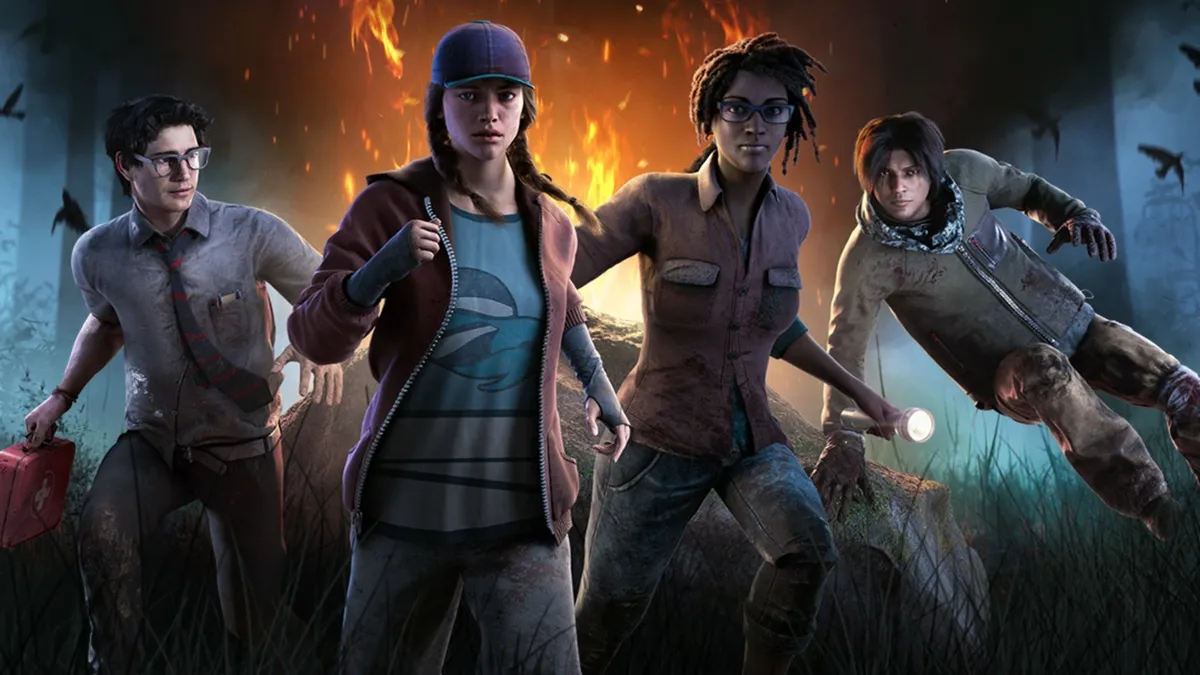
If there’s anything we learned from last year, it’s that Ubisoft should re-evaluate their place in the video game industry. Don’t get me wrong, the publishing/developing giant is more than capable of churning out plenty of quality titles, but when it comes to AAA blockbusters, 2014 was more of a disaster than anything. Watch Dogs was never able to live up to its hype, Assassin’s Creed Unity was rife with glitches and technical issues, and Far Cry 4 (while enjoyable) was more of a rehash than something truly spectacular.
On the other hand, Ubisoft took everyone by surprise with their arthouse games last year, with Child of Light and Valiant Hearts: The Great War garnering acclaim and praise from gamers and critics alike. And, while I’m sure that 2015 will see another slew of popular titles, Ubisoft’s experimental Grow Home could end up being its best.
Developed by a small team of less than 10 people, Grow Home originally started out as a tech demo for procedural animation, and was then spun out into a digital release. Its small scale might seem like a detriment to some, but in practice, the game’s free-form nature and emphasis on experimentation only lends to its charm and originality.

Players take control of a tiny robot called B.U.D. (Botanical Utility Droid), who has been tasked with travelling to a faraway planet in the hopes of finding new plant life to bring back to whatever planet he calls home (the comparisons to Wall-E are plenty, I assure you).
A giant, twisting, and ever-growing plant called the Star Plant is at your disposal, and you’ll need to use seeds in order to make it grow. By doing so, you’ll unlock access to new islands, which will allow you to both progress through and explore more of the game’s featured planet.
While you could simply focus all of your efforts on growing the Star Plant as quickly as possible, much of Grow Home‘s enjoyment comes in exploring the planet, as there’s plenty to see and do should you decide to venture off the beaten path. The local flora and fauna offer up plenty of opportunities for smiles and laughs (I’m sure YouTube is now replete with videos of players grabbing sheep and hurling them off islands for a quick aerial descent), and some of the plant life can help in your traversal, whether that’s by using them as jump pads or grabbing a leaf and deploying it as a parachute later on.
And it’s this sense of exploration and freedom that clearly separates Grow Home from the rest of the pack. Having played thousands of games over the years, I’ve been led astray by claims of ‘open-world games.’ Sure, there are some titles, here and there, that do allow for creative freedom and expression in their worlds, but oftentimes developers manage to craft truly engaging worlds, only to bog said creations down with overbearing narratives or a level of tediousness that comes with trying to navigate them. On the other hand, Grow Home manages to strike a perfect balance between encouraging exploration and experimentation, by providing challenges and objectives for the player to conquer. For example, there’s a completely optional challenge of collecting crystals, which are strewn around the world. Collecting them will unlock and upgrade a jet pack, which in turn helps in your quest to explore the alien world around you.

I’d be remiss if I didn’t take the time to at least mention B.U.D.’s unique style of movement, a visual curiosity which I imagine is a by-product of Grow Home‘s tech demo origins. As I previously mentioned, the game was originally conceived as a research project in procedural animation, and it’s clear that B.U.D. was the central focus of Ubisoft’s endeavors. You see, B.U.D.’s arms and legs move around independently as you control him, bending to momentum and gravity rather than canned animations. This lends an unstable look to the character, as if he had one too many to drink before departing on his mission.
You also have the ability to control both of his hands independently of one another. Climbing plants and terrain is a careful exercise in alternating button presses, not unlike playing Octodad: Dadliest Catch. Much like Octodad however, a gamepad comes highly recommended, though you can use a keyboard and mouse should you choose.
If you couldn’t tell by the screenshots in this review, Grow Home also looks gorgeous in motion, taking advantage of a varied color palette and a polygonal look that is often reminiscent of papercraft projects. Needless to say, it lends to a very relaxing experience, which is complemented by an excellent electronic soundtrack that is more ambient than explosive.

Performance wise, Grow Home scales quite well (after all, it’s not the most technically demanding game), and is perfectly playable at 4K resolutions, along with ultra widescreen and multi-monitor setups. The only notable omission is the lack of any anti-aliasing options, which is compounded by the inability to force MSAA through external programs. Thankfully, you can downsample through NVIDIA’s DSR and AMD’s VSR programs.
While it only took me a couple of hours to complete its central mission, Grow Home‘s enticing mix of exploration and freedom kept me coming back for hours upon end. It’s hard to stay mad or sad (or whatever negative emotion you can think of) when you’re flying through the sky on a sprouting vine, as your robot companion clings on for dear life, and I imagine I’ll be booting up Grow Home again when I need to relax and unwind. I’ve always been told that video games can be a form of escapism, and I can’t think of a finer example than this one.
This review is based on the PC exclusive version of the game, which we were provided with for review.






